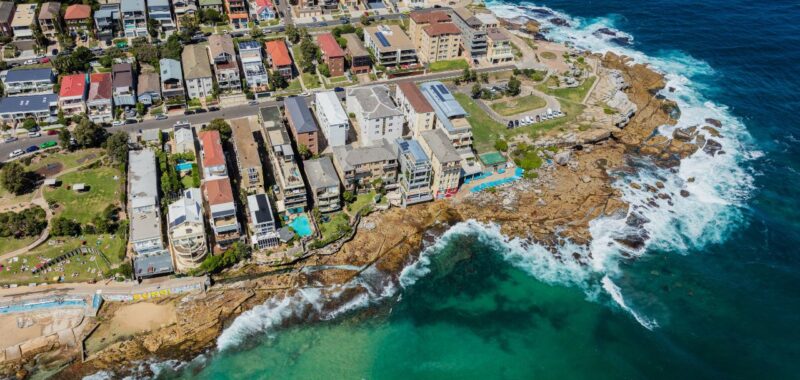Pressure is slowly easing for struggling tenants, with new data showing the national vacancy rate continues to rise.
According to PropTrack, the national vacancy rate increased by 0.09 percentage points (ppt) to 1.42 per cent, with the major capital city markets leading the way.
PropTrack Senior Economist Anne Flaherty said vacancy rates have steadily risen, especially in the larger capital cities.
“Australia’s rental vacancy rate has now eased for four consecutive months, rising from a record low of 1.09 per cent in February to 1.42 per cent in June,” Ms Flaherty said.
“Despite the increase seen in recent months, vacancy remains well below pre-pandemic levels, with 43 per cent fewer vacant properties in June compared to March 2020.
“Supporting higher vacancy rates has been an increase in investor activity, which is contributing to an increase in the number of available rental properties.
Sydney saw the largest increase in vacancy over the month, up 0.20ppt to 1.68 per cent to the highest rate in over 18 months.
Melbourne followed, with a rise of 0.12ppt over the month to reach 1.50 per cent, the highest level seen in 12 months.
Brisbane renters also had more choice in rentals in June, with the vacancy rate rising 0.05ppt to 1.20 percent.
In June, renters in Adelaide faced the least choice, with the lowest vacancy of any capital city, at 1.13 percent.
Perth has seen the largest increase in vacancy over the past year due to a surge in investor activity in the state, which has contributed to a rise in the number of rentals.
Darwin was the only capital city to see vacancy fall over June, plummeting 0.41ppt to just 1.15 per cent.
Ms Flaherty said while vacancy across the capital cities increased over the month, the regional vacancy rate held relatively steady at 1.31 per cent.
“Regional vacancy is now lower than combined capital cities,” she said.
Ms Flaherty said while the signs are good, it’s going to take some time for vacancy rates to get back to a more balanced level.
“Despite the recent easing in vacancy rates, the chronic undersupply of rental properties is likely to continue over the next few years,” she said.
“Development activity is lagging population growth, with the shortfall in new housing worst in WA, Queensland, and NSW.”

